Table of Contents
Introduction
In today’s fast-paced business environment, the design of a commercial space plays a pivotal role in shaping brand identity, boosting productivity, and enhancing customer experience. Whether it’s an office, retail store, restaurant, or hotel, professional interior design ensures the space is both functional and visually compelling.
With tools like Foyr Neo, commercial design projects become faster, more precise, and easier to manage—thanks to its real-time collaboration, AI-powered rendering, and intuitive layout planning features.
What Is Commercial Interior Design?
Commercial interior design focuses on optimizing business environments to serve employees, customers, and brand image. It involves:
- Strategic space planning
- Material and furniture selection
- Code compliance and accessibility
- Integration of technology and sustainability
- Addressing acoustical, lighting, and environmental challenge
Unlike residential design, commercial spaces must balance aesthetics with traffic flow, utility, and regulatory compliance.
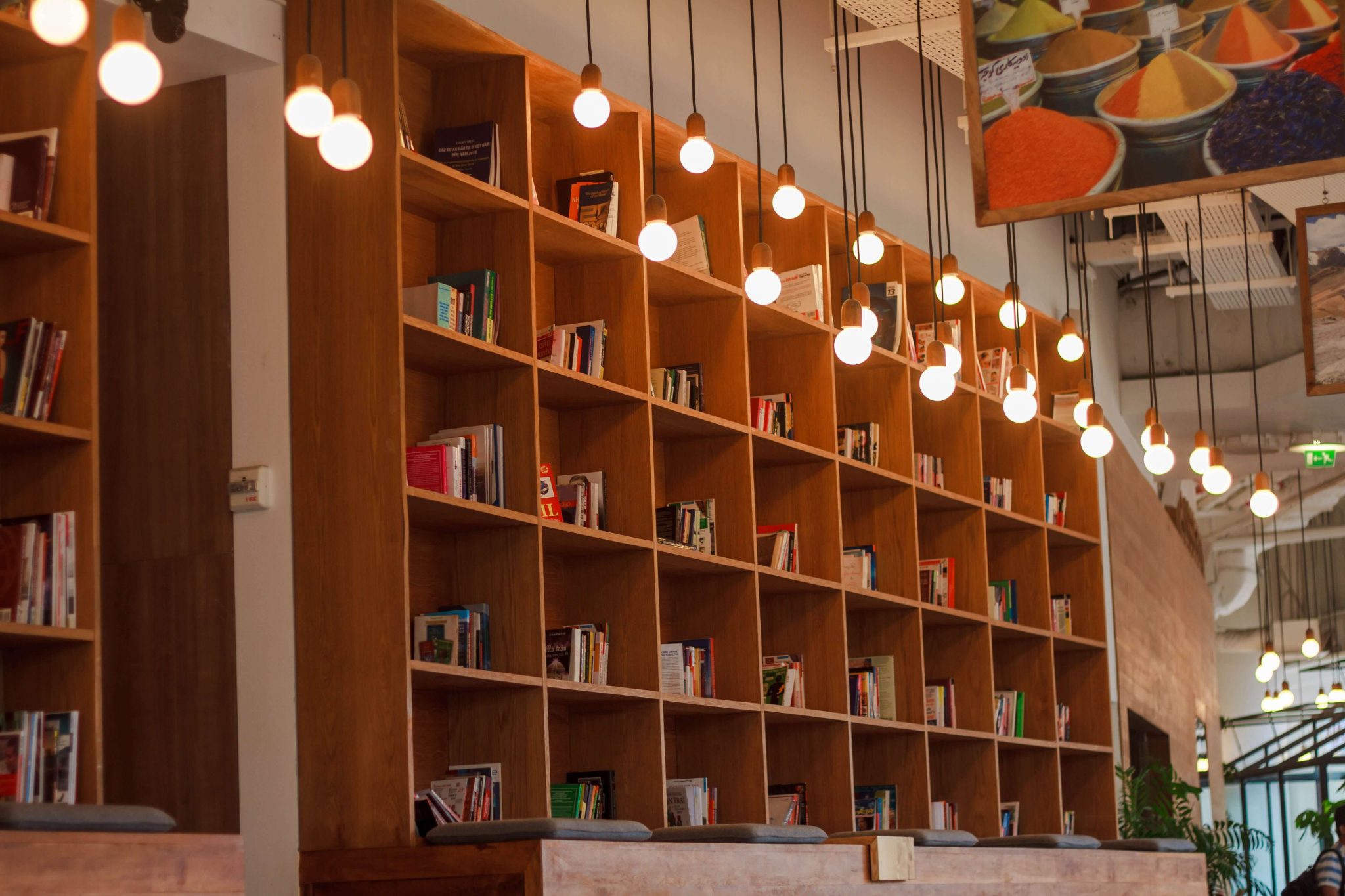
Residential vs. Commercial Design: Key Differences
|
Criteria |
Residential Design |
Commercial Design |
| End User Focus | Homeowners | Employees, Customers, and Brand |
| Functionality Priorities | Comfort, privacy, personal style | Productivity, safety, branding, regulations |
| Codes and Compliance | Few regulations | ADA, fire codes, zoning laws |
| Space Types | Homes, apartments | Offices, retail, restaurants, hotels |
| Aesthetic Approach | Personalized, subjective | Consistent, on-brand, scalable |
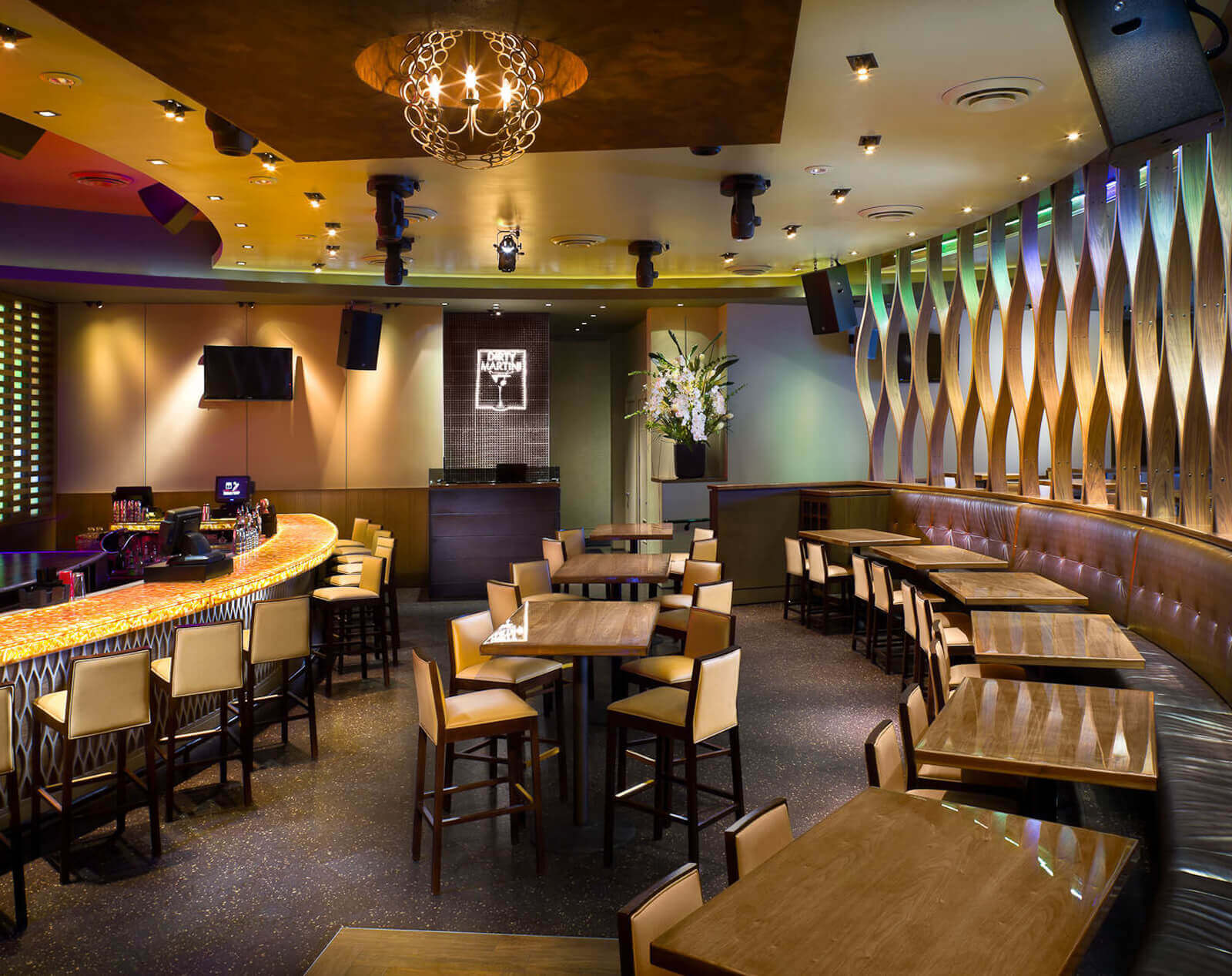
Read also – The Interior of Workplace for Commercial Space
Why Professional Services Matter
Hiring a commercial interior designer can:
- Optimize limited space to avoid expensive relocations
- Enhance employee well-being through ergonomics and lighting
- Reflect brand identity with curated materials and layouts
- Improve customer perception and encourage longer engagement
- Ensure compliance with ADA, fire safety, and environmental codes
Design firms also streamline permitting, budgeting, and coordination with architects and contractors.
Essential Elements of Commercial Interior Design
1. Space Planning
Planning for both present functionality and future scalability:
- Multi-use zones
- Ergonomic workstations
- Traffic flow optimization
2. Biophilic Integration
Nature-based design has proven psychological benefits:
- Indoor plants and green walls
- Natural materials like wood and stone
- Maximized daylight and views
3. Lighting & Acoustics
- Task and ambient lighting tailored for comfort and product visibility
- Acoustic panels to reduce noise in open-plan environments
- Circadian lighting systems to support employee wellness
4. Sustainable Materials
- Low-VOC paints, reclaimed woods, and recycled furnishings
- Smart energy solutions like daylight sensors and HVAC zoning
5. Accessibility and Inclusivity
- ADA-compliant entrances, signage, and restrooms
- Inclusive wayfinding and sensory-friendly layouts
Assistive technologies for audio/visual needs
Specialized Commercial Services
- Office Relocation: Redesigning new workspaces for growth
- Virtual Design & Remote Consultations: Mood boards, video calls, cloud-based approvals
- Multi-Family Housing: Communal area planning, unit FF&E procurement, student housing
- Hospitality Design: Lobby ambiance, circulation flow, FF&E resilience
Best Practices for Commercial Projects
- Start with programming: Gather goals, constraints, and growth plans
- Design for collaboration: Use furniture and lighting to encourage team interaction
- Plan for updates: Use modular furniture and flexible zoning
- Leverage technology: Tools like Foyr Neo enable fast iterations, real-time visual feedback, and centralized collaboration
Engage stakeholders early: Avoid revisions by aligning vision upfront
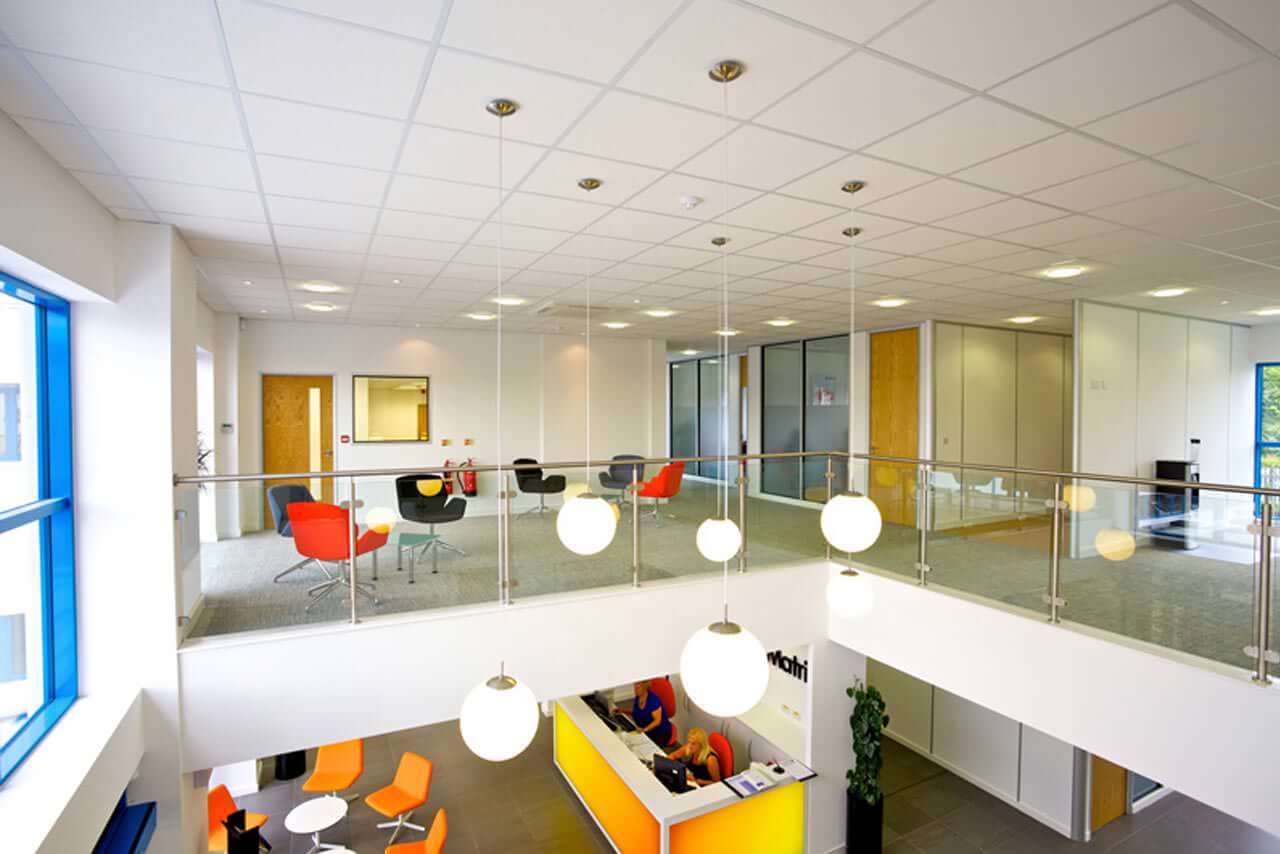
Tool Comparison: Commercial Design Software
|
Tool |
Strengths |
Limitations |
| Foyr Neo | 3D visualizations, drag-drop interface, real-time sharing | Lacks deep CAD/BIM modeling |
| Cedreo | Quick layout planning, beginner-friendly | Limited branding or FF&E customization |
| Decorilla | High-end virtual consultation service | Heavily dependent on remote workflows |
| SketchUp | Versatile modeling, strong plug-in ecosystem | Requires additional rendering tools |
Tracking ROI and Performance
To measure impact:
- Employee satisfaction surveys and productivity benchmarks
- Foot traffic and dwell time analytics (esp. retail & hospitality)
- Utility usage before/after design updates
- Client retention or repeat visits
- Design revision count or approval turnaround time
- Occupancy and usage metrics in multi-use commercial areas
How Foyr Neo Supports Commercial Design
|
Feature |
Benefit |
| AI-Powered 3D Rendering | Realistic visuals for stakeholder approval |
| Drag-and-Drop Interface | Speeds up layout creation |
| Furniture/Material Library | Experiment with style and budget options |
| Cloud Collaboration | Share updates and get feedback in real-time |
| Takeoff and Estimation | Align design with construction budgeting |
| Multi-Device Access | Manage design remotely from any location |
Read also – Commercial Interior Design Ideas
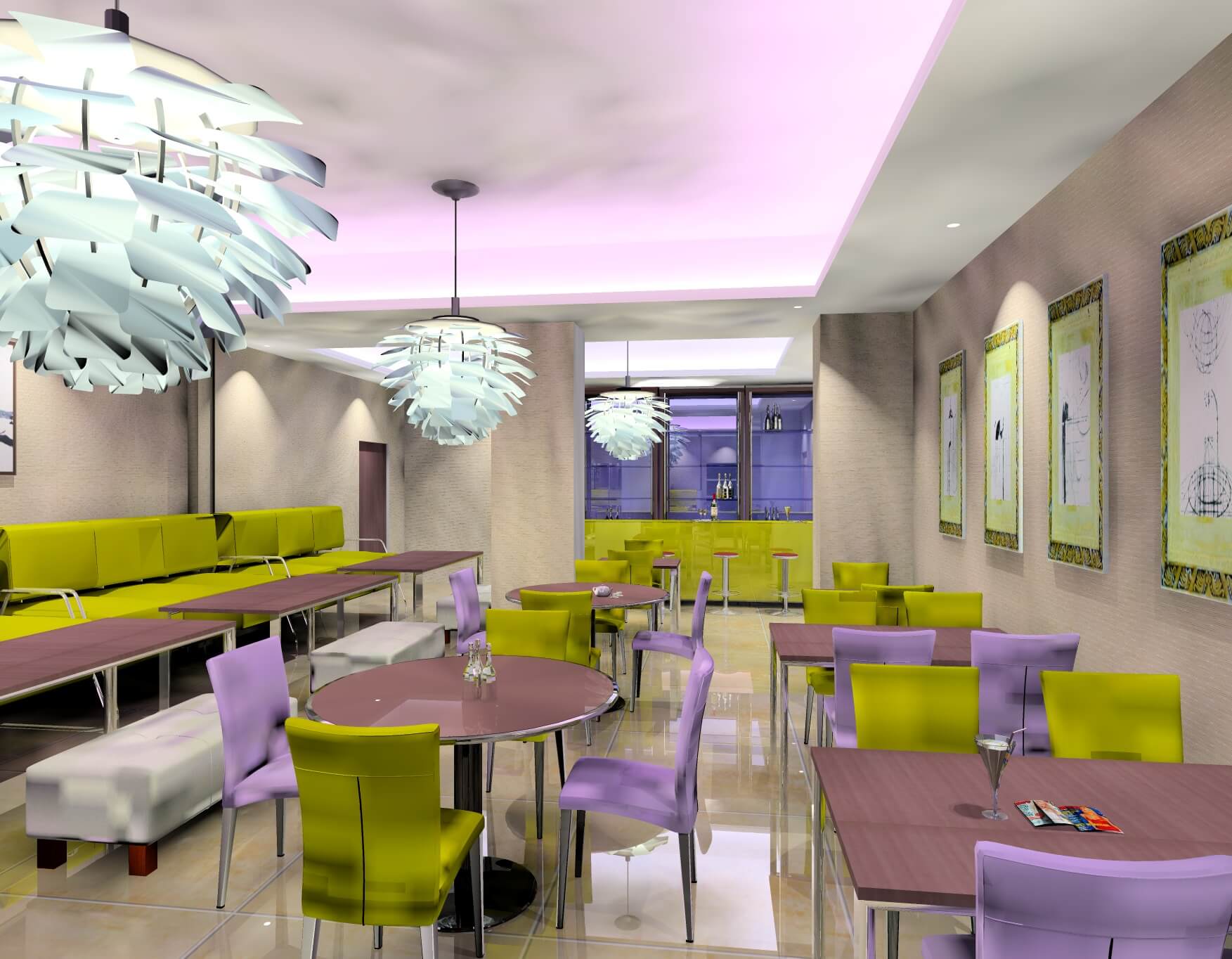
How Foyr Neo Transforms Commercial Interior Design
Foyr Neo is a game-changer for commercial interior designers, offering cutting-edge features that make designing faster, easier, and more effective:
- AI-Powered 3D Visualization: Quickly transform ideas into realistic 3D renderings.
- Drag-and-Drop Functionality: Simplifies the design process, making it accessible for both professionals and business owners.
- Comprehensive Material & Furniture Library: Experiment with various textures, colors, and styles effortlessly.
- Cloud-Based Collaboration: Enables seamless teamwork and client approvals.
Conclusion
Commercial spaces are more than functional shells—they’re environments that communicate identity, shape behavior, and support business goals. Whether you’re planning a retail expansion, office move, or hybrid workspace, the right design partner and tools can make the difference.
Foyr Neo simplifies the entire journey—from idea to execution.
Start your 14-day free trial with Foyr Neo today and bring your vision to life with precision and ease!









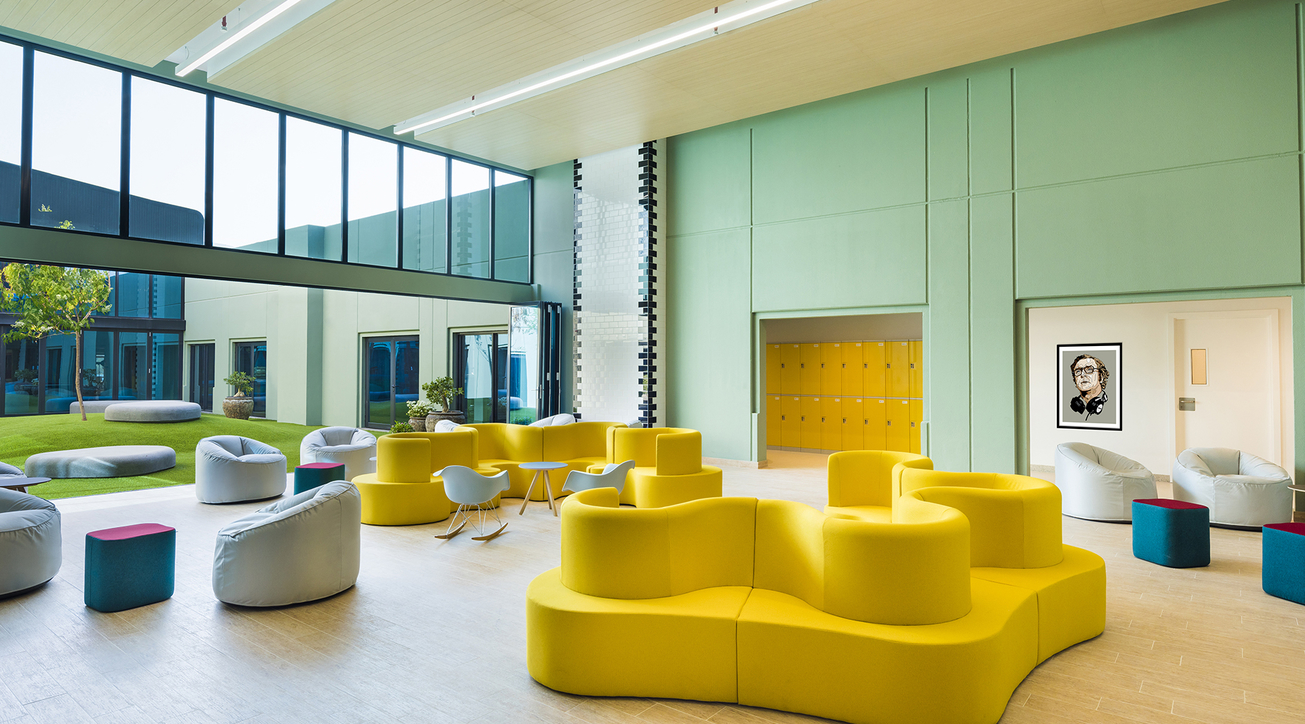
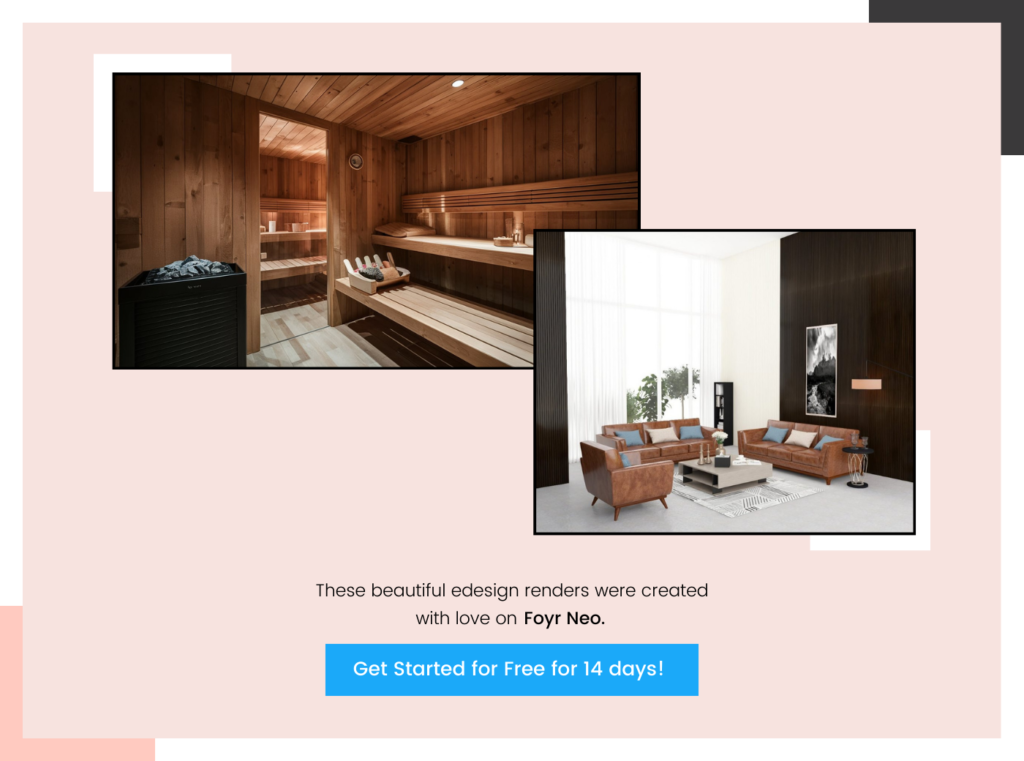
Leave A Reply